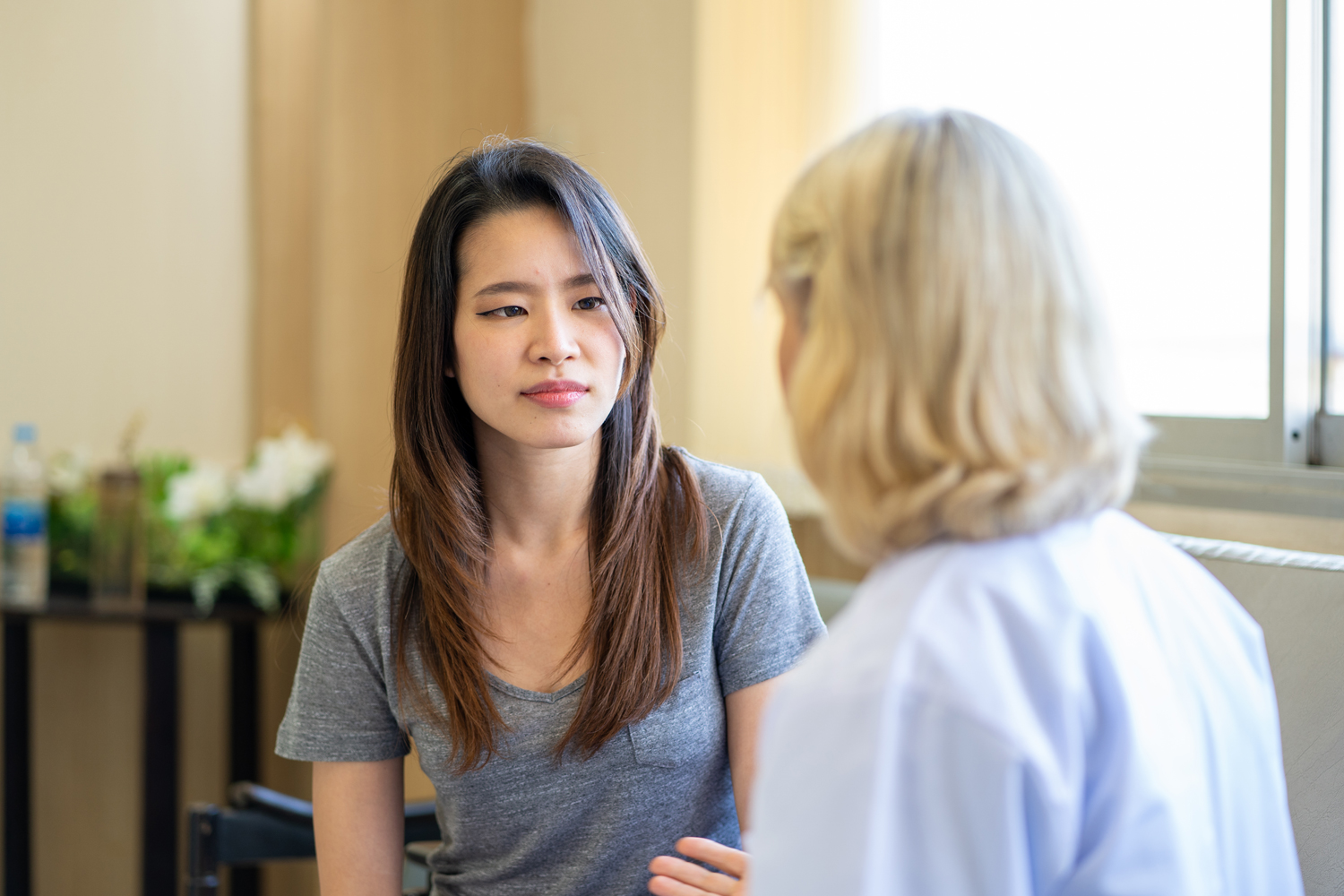Every week, the editors of Cancer Today magazine bring you the top news for cancer patients from around the internet. Stay up to date with the latest in cancer research and care by subscribing to our e-newsletter.
Breast Cancer Rates Continue to Rise for Young Asian American Women
Asian American and Pacific Islander women are now tied with white women as the populations most likely to be diagnosed with breast cancer before age 50, but this has not always been the case. As recently as 2000, Asian American and Pacific Islander women had the second-lowest rate of breast cancer of all racial groups in the U.S., but since then the incidence in this population has risen 50%, according to a report published this month by the American Cancer Society. One factor researchers say may be affecting this risk is behaviors in America that are associated with breast cancer risk and increasingly adopted by this population, including drinking more alcohol, eating diets high in refined grains and trans fats, using hormone therapy to manage menopausal symptoms, and waiting longer before a first pregnancy. “Established risk factors for breast cancer have typically been more common in westernized and industrialized countries,” Scarlett Lin Gomez, an epidemiologist at the University of California, San Francisco, told NBC News. However, there are many possible contributing factors, and discussions about risk among Asian American and Pacific Islander women are difficult because the term covers an enormously varied group both ethnically and socioeconomically. The population under this label include people with roots in China, India, Korea, Japan, the Philippines and Southeast Asia. An example of this challenge is that while most Asian American women are less likely to die of breast cancer than white women, Filipina and Pacific Islander women have a 30% higher breast cancer mortality than white women. “Breast cancer is the only cancer with such vast disparities among AAPIs,” Helen Chew, a hematologist-oncologist at UC Davis Health in California said in the NBC News report. “You wonder if it has to do with education and class. Is it biology? Is it cultural? It’s hard to know.”
COVID-19 Mortality Risk Is Doubled in People With Cancer
People living with cancer have a risk of dying from COVID-19 that is more than twice the risk of the general U.S. population. A study published this April in the Journal of the National Cancer Institute analyzed patterns around COVID-19 deaths in people with cancer in 2020. It found that the risk for COVID-19 mortality was 2.3 times that of the U.S. population generally and that COVID-19 was the second leading cause of noncancer death behind coronary heart disease for people with cancer. The study also noted that of people with cancer, those who were over 80, Hispanic, African American, unmarried or men had an elevated risk of cancer mortality, according to an Oct. 21 article in Healio. “The findings recommend prioritizing these patients for COVID-19 vaccination and preventive measures, and suggest the development of survivorship programs tailored to the particular challenges faced by patients with cancer during the pandemic,” study author and radiation oncologist Nicholas G. Zaorsky of University Hospitals Seidman Cancer Center in Cleveland told Healio.
Uninsured Adults Fall Behind on Cancer Screenings
People without health insurance are twice as likely to have gone at least a year without a routine medical visit or cancer screening as their insured peers. According to a survey by the Prevent Cancer Foundation, people in the U.S. who don’t have insurance fall behind those with insurance in a number of recommended cancer screening tests, and the most common reason uninsured people said they were not up to date was cost. “Our recent findings reveal a critical and persistent gap in cancer screenings among uninsured adults,” Jody Hoyos, CEO of Prevent Cancer Foundation, said in a press release. “Routine screenings are not a luxury that should depend on employment or insurance —they are essential for preventing cancer or detecting it early, when treatment is more likely to be successful.” An article in Healio reported that while just 33% of people with insurance over age 45 said they were behind on colorectal cancer screening, that number jumped to 71% in people without insurance. But insurance wasn’t the only economic factor that affected how people approached screening. The survey found 68% of full-time employees with paid time off had a routine medical appointment or cancer screening this year, but only 43% of those with no paid time off got this routine care.
Cancer Today magazine is free to cancer patients, survivors and caregivers who live in the U.S. Subscribe here to receive four issues per year.





